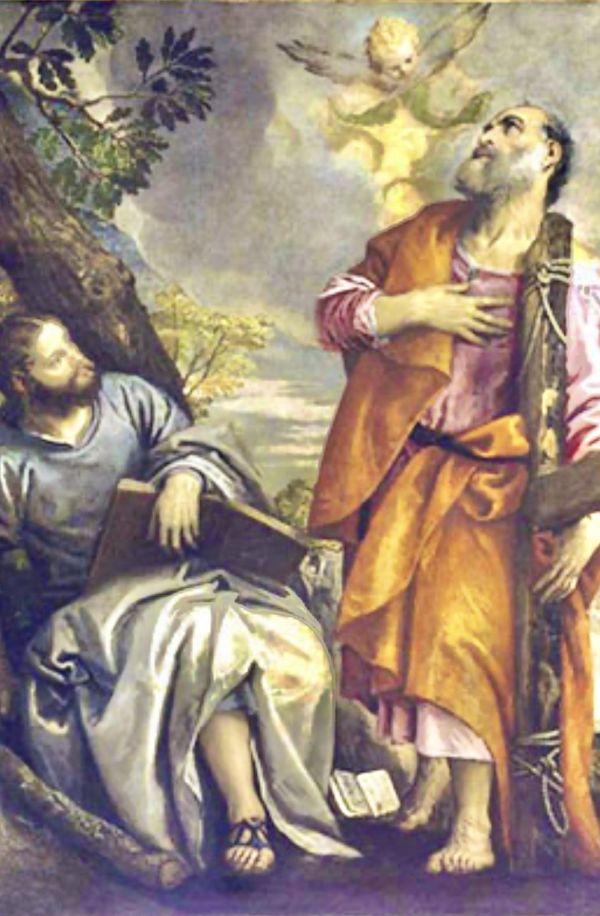The Other Way, Truth, Life, in the human dimension
(Jn 14:6-14)
Divine hands have wounds of love, they are not claws. They tread the alternative «way» of work, of building and welcoming; a truly special, disinterested, unreflected trajectory.
Hands marked by what one wishes for the world: open, not clenched into a fist - if anything, with that gentle grip that says: «I am with You».
They accompany «the way» that makes the weak become strong. «Way» that expands our horizon to conquer the land of Freedom.
He is «the Truth». We know what happens to news when it passes from mouth to mouth: it becomes defaced.
But united with the True Person - intertwined with his story - we encounter ourselves, we know the divine ‘Fidelity’ [‘Truth’], we choose substance instead of conventional, conformist or volatile ideas (we would become external).
«I Am the Life». The Father expands and enhances inclinations, our existential reaching; He does not vampirize us as if He were the one who needs something.
He is the Totality of Being, and Source in action; springing of particular essences.
His Calling is Seed; a Root that characterizes and expands Life, making it singular, more distinctive; unique, unrepeatable; meaningful and relational.
To build an alternative society capable of creating well-being: smiles and amazement flowing out, cheering everyone up.
«Let us see the Father» (cf. vv.8-9) is the plea - often anonymous - that from the very beginning has accompanied the believers’ People, who spontaneously reveal their Lord as the Way, the Truth and the Life (v.6).
And the Church that reflects Christ is the ‘outgoing’ one, which does not become complacent about its static goals, but moves [precisely: «Way»] from Exodus to Exodus, to improve itself before correcting others.
The assembly of sons is therefore not afraid of becoming impure by frequenting the cultural and existential peripheries, because it has understood the authentic face of God. Father, Mother, deep Core, Friend.
«Faithful» [«Truth», in the theological sense] who is not afraid to mix with earthly affairs.
He does not flee the critical scrutiny; nor does he abandon those who stray, or those who cannot bear conformist obligations, or who find themselves in penury.
Authentic community is capable of coexistence and reciprocity: that of «the Life» which shows Father and Son in act [Initiative and Correspondence].
In the Spirit, such a Family recovers each person's journey and restores wholeness, fullness of being without boundaries, even to those who have lost hope or self-esteem.
Difference with ancient religion? The Eternal is no longer revealed in the awesome power of sensational outward manifestations: fire, earthquake, thunders and lightnings.
God is not the preserve of those who show great energy.
In the hearths of Faith, the Person of Christ is made present in his being, in his troubled and real life [«in the Name»: vv.13-14].
It is in such a people that God dreams an immediate reflection of ideas, words, works; and mutual immanence.
For the efficacious event of the Father is all in the flesh of the Son. Their Dream, in the human dimension of believers.
[St Philip and James, May 3]












